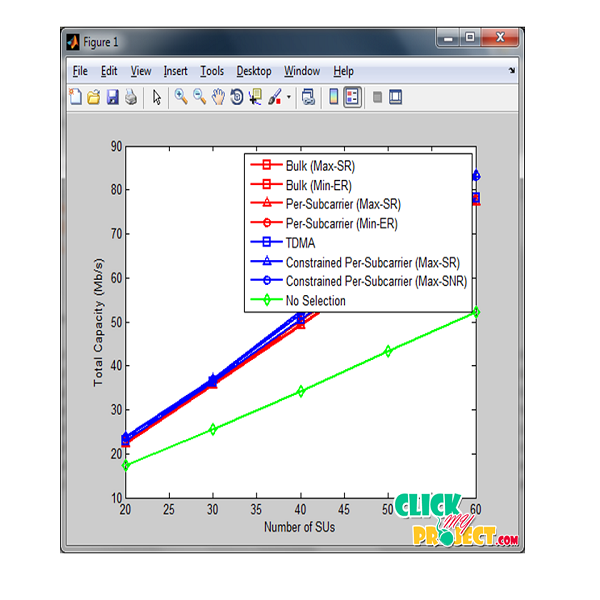Antenna-Selection-for-Reliable-MIMO-OFDM-Interference-Alignment-Systems-Measurement-Based-Evaluation
₹4,500.00
10000 in stock
SupportDescription
Interference alignment (IA) is a promising trans-mission technology enabling essentially the maximum achievable degrees of freedom (DoF) in K -user multiple-input multiple-output (MIMO) interference channels. The ideal DoF of IA systems have been obtained using independent MIMO channels, which is usually hardly observed in reality, particularly in indoor environments. Therefore, the data sum-rate and symbol error-rate of IA are dramatically degraded in real-world scenarios since the correlation between MIMO channels decreases the signal-to-noise ratio (SNR) of the received signal after alignment. For this reason, an acceptable sum-rate of IA in real MIMO orthogonal frequency-division-multiplexing (MIMO-OFDM) interference channels was obtained in the literature by modifying the distance between network nodes and the separation between the antennas within each node in order to minimize the spatial correlation. In this paper, we propose to apply transmit antenna selection to MIMO-OFDM IA systems either through bulk or per-subcarrier selection aiming at improving the sum-rate and/or error-rate performance under real-world channel circumstances while keeping the minimum spatial antenna separation of 0.5 wavelengths within each node. Two selection criteria are considered: maximum sum-rate and minimum error-rate. In order to avoid subcarrier imbalance across the antennas of each user who is caused by per-subcarrier selection, a constrained per-subcarrier antenna selection is operated. Furthermore, a sub-optimal antenna selection algorithm is proposed to reduce the computational complexity of the optimal algorithm.




